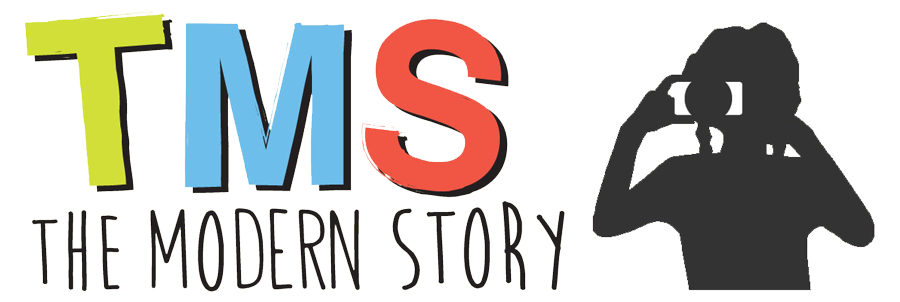Kavita and the Magic Dance Shoes
Long ago, before the Railway school had their first batch of quarterly exams Ilana and I created a three-day lesson plan revolving around a short story we wrote and titled “Kavita and the Magic Dance Shoes.” Our students’ photos have been up on Flickr for a while, but now I’m going to share the details of the lessons, which are ideal for a short-term storytelling workshop. Since we did this activity in early September, the girls had really only begun to deal with the idea of stories. Looking back at it now I can see how far they’ve come, with the exercises below serving as a fun and fundamental start.
Step 1–Creating a Story Sequence
Divide the students into small groups. Give each group a copy of the story, cut into 8 pieces. The students’ task: put the story in order.
How it worked out: In contrast to some verbal exercises Ilana and I had tried, the girls understood the expectations of this exercise immediately and worked together with great focus. It was from this activity that we learned how useful it is for us to type out instructions or definitions for our students–they can read at their own pace, without getting caught up/befuddled by our American English speech!
Step 2–Understanding Story Elements
Each group writes the story on poster paper in the order they chose. Hang around the room and ask groups to share why they chose the order they did. Use these examples as a catalyst for discussing story development and introducing story vocabulary (e.g. setting, characters, plot, beginning, conflict, resolution, theme, moral).
How it worked out: Each group’s story varied greatly. Because of time constraints, we were only able to have two groups share theirs with the class. Our students are used to classes where there is one correct answer only, so our compare/contrast technique with the two stories confused them at first. Fortunately, Neha and Asma, our TFTP (Technology for the People) teaching assistants cleared up the confusion by communicating with the girls in Hindi. Ilana used the metaphor of different floors in an apartment building to explain the way that certain pieces of information must lay the groundwork to understand the rest of the story. We drew on our communication lesson from the previous day by giving each girl a printed copy of the story vocabulary and definitions to paste into their notebooks.
Step 3–Telling a Story in Multiple Ways
Split students into 8 groups. Each group receives one section of the story. They must choreograph a 30-60 second dance that illustrates what happens in their part of the story. Perform these dances for the class.
Next, the groups choose one freeze frame from their dance that best represents what happens during the dance. A student photographer takes a photo of the freeze frames. (Upload now or in next session). Now we have three ways of understanding this story: in its written form, through dance, and in photos!
How it worked out: Even though we’d been doing drama exercises all week to make the girls comfortable being expressive in class, they took a bit to get comfortable planning their dances. The results were a delight, but we ran short on time for the photography portion, so we chose a photographer before each story segment was performed. At some point during each performance, I yelled, “Freeze!” The photographer snapped a shot and then the dancers continued. The girls were excited about dancing, but even moreso about taking pictures and Ilana and I promised more photo storytelling activities would come after our break for exams.

On Kavita's 12th birthday, she found a pair of old red dancing shoes under the mango tree in the maidan.

Kavita loved to dance. As soon as she finished her studies she always turned on the radio and practiced the latest Bollywood moves with her friends.

As soon as Kavita put on the old red dancing shoes, she realized that she could do any dance move she'd ever seen. Her family and friends were amazed. She realized they must be magical.

Kavita danced so well that she was invited to audition for a performance at a big festival in Hyderabad.

When Kavita arrived at the dance hall, she realized that she had left her red dancing shoes at home. She began to cry, and thought, "how will I ever be chosen without the magic shoes?"

When it was Kavita's turn to audition, one of the smaller girls told her that she was a beautiful dancer and that she couldn't wait to see Kavita dance. Kavita went onstage.

Kavita danced better than she had ever danced before. All of the judges applauded and told her that she would perform in the festival.

Kavita was elated and proud, and she realized that she didn't need the magic dancing shoes to be a wonderful dancer.

